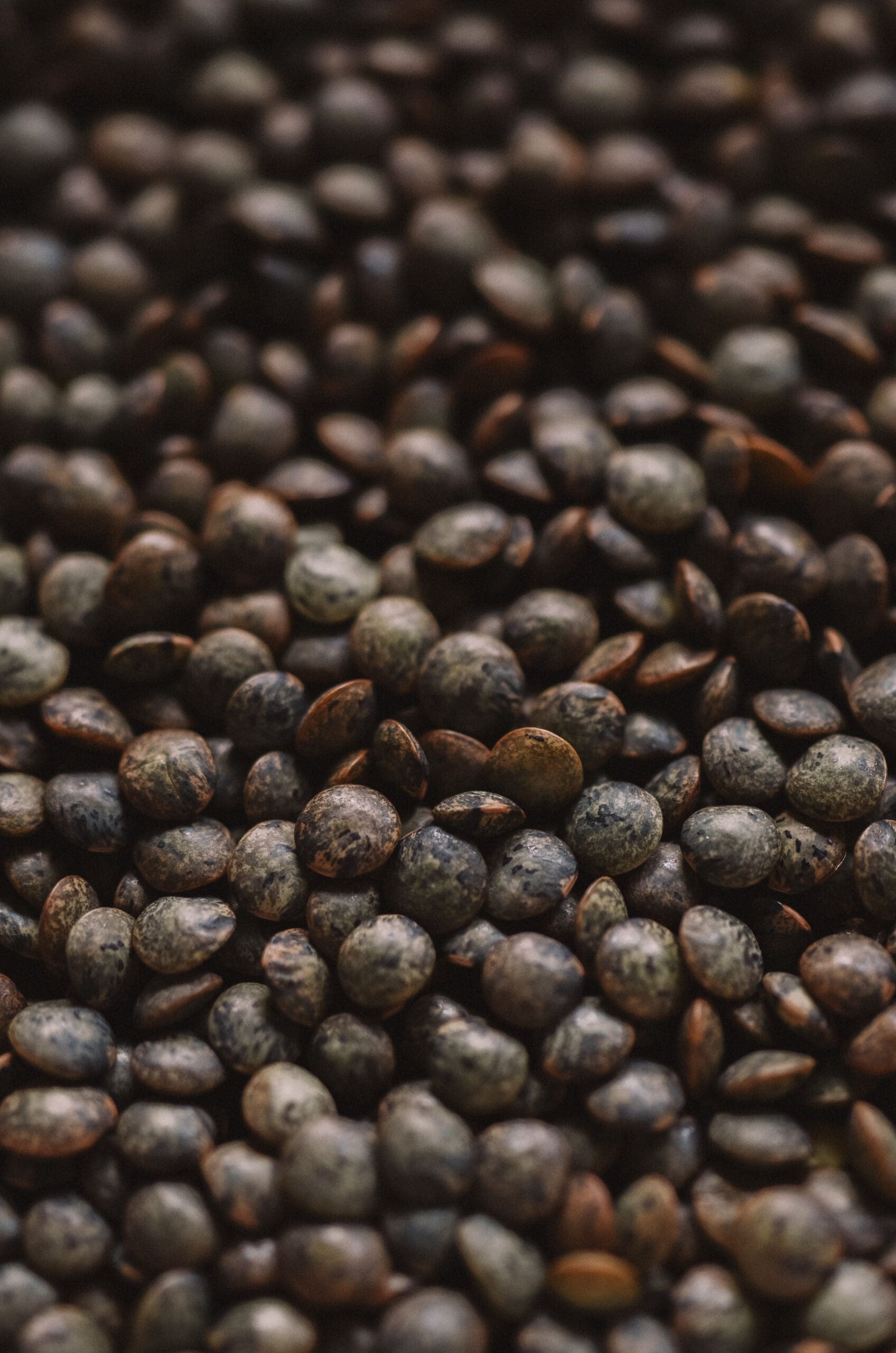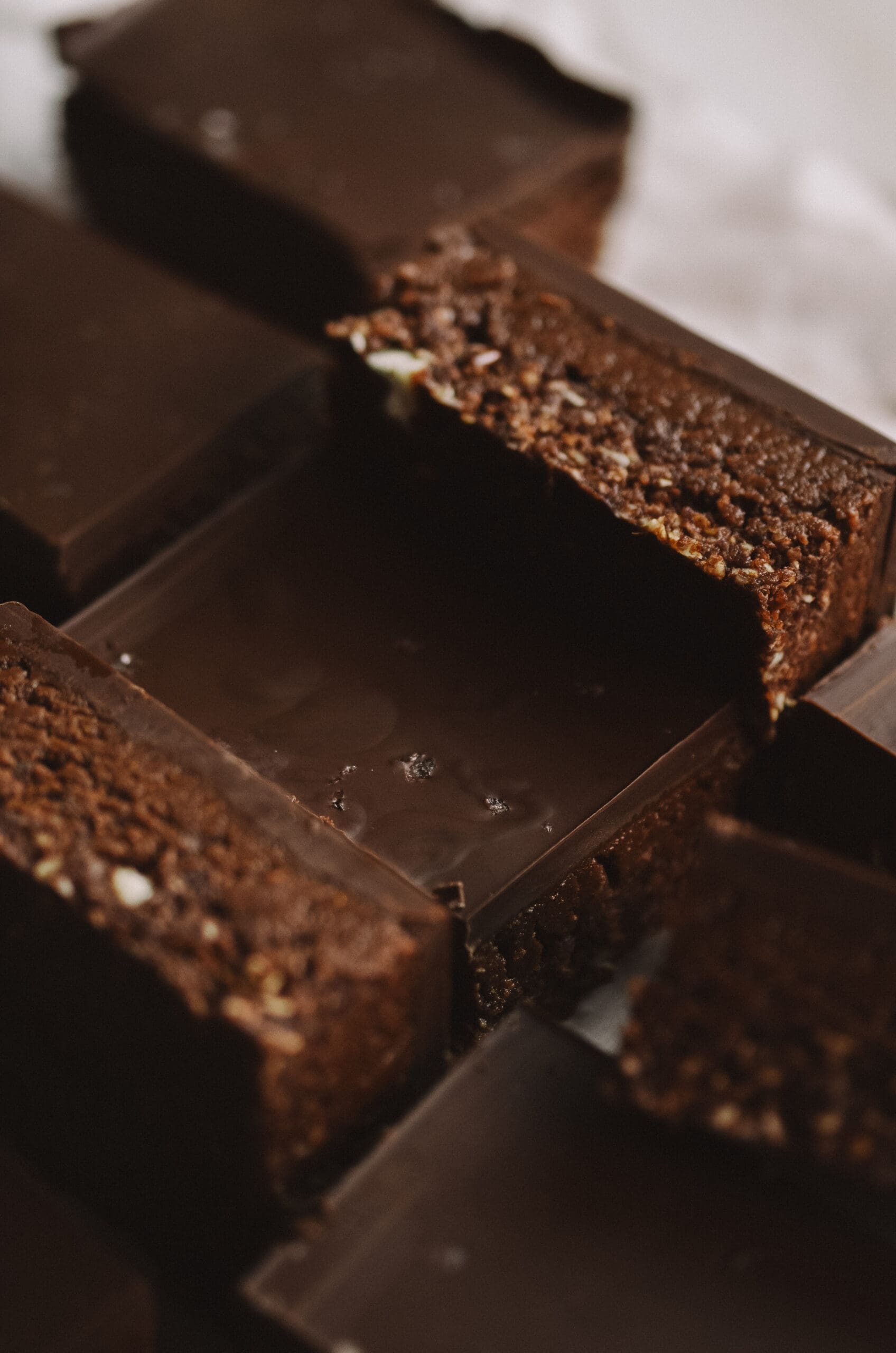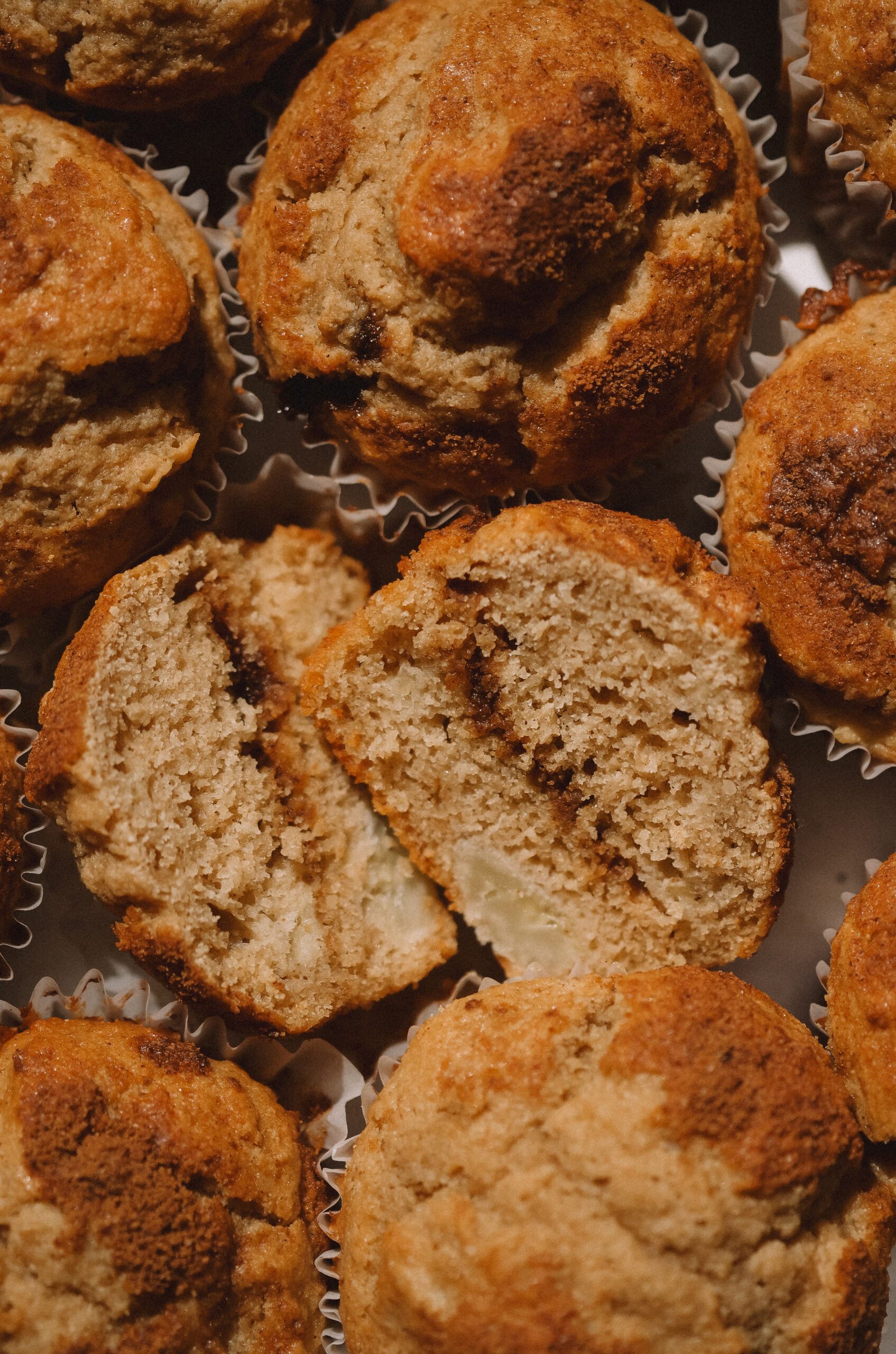Last week, we talked about beans so this week, let’s talk about lentils. They’ve been coming up in conversations a lot recently &I keep getting asked the same thing…
What’s a lentil?
Fair question. Let’s unpack it.

meet the legume family
Lentils are a specific type of legume & legumes represent an entire family of plants with seed pods. This botanical family is also known as Fabaceae.
You might think “Cool, but what’s a seed pod?” It’s the barrier that protects the seed of a plant, kinda like a shell.
Think of peanuts, for example, the shell (or hull) you crack open is the seed pod! The part we eat is the seed. Beans & lentils have them too, but they’re usually removed before we buy them because they’re not digested well. For fun, look up a garbanzo bean seed pod, it’s interesting.
Foods like beans, peas, peanuts, & lentils are all a part of the legume family because they grow in a protective pod. The real distinguishing factor for all these foods is again, whether or not there is a seed pod.
So… both lentils & beans are legumes. but, lentils are not beans (another common question).
types of lentils
There are many different varieties out there, some of my favorites include beluga, red, & French lentils – like the one in the picture! Each type has its own unique flavor, texture, & some complement certain dishes better than others.
Here’s an extensive list:
Brown
Green
French (puy)
Yellow
Yellow split
Red
Black (beluga)
Spanish
Black Eyes Lentils
and many more!

packed with protein & fiber
I always emphasize protein when working with a client, this could be from both animal & plant-based sources. If we look closer at plant-based options, lentils are one of the highest sources – about 18g per cup.
And keep in mind, that same cup will have about 15g of fiber too…which is a lot.
If I see that a client’s fiber is low, lentils are often a recommendation because I like that they have both insoluble & soluble fiber, & again, the protein is great.
I also find them a little friendlier to the gut, in the right quantities. Anytime we introduce fiber, we go slow. For example, say you’re eating about 15g of fiber a day in total, add 1 cup of lentils & you’ve just doubled your intake over a short period…. I can attest, your gut will probably talk back.
My approach with anything, but especially fiber: small steps, done consistently, over long periods.
nutrient profile
As I just mentioned, lentils are a great source of fiber & plant-based protein. But we’d be remiss not to mention their micronutrients (there are a lot). These will vary depending on the variety, but here’s a general overview.
Non-heme iron
Magnesium
Folate (vitamin B9)
Thiamine (vitamin B1)
Phosphorus
Copper
Potassium
Zinc
and more!
how to prepare lentils
If you saw my recent article on beans, I mentioned the benefits of soaking them. You can absolutely do this with lentils too. In fact, if you struggle with digestion, maybe feeling bloated or gassy shortly after eating, then I’d highly recommend soaking lentils if you eat them.
They’re smaller so won’t need to soak as long. I would do a minimum of 4 hours but you’re welcome to let them sit for a full 12 hours. Just note, they will cook very fast, maybe 20 minutes, so keep an eye on them. Bonus points if you want to sprout them! 😉
final thoughts
Maybe you’ve tried soaking lentils & find they’re still bothering your gut. If that’s you, I can help! I’ve been in your shoes. There may be an underlying root cause that needs to be looked at. You can learn more about my 1:1 offerings here & book a complimentary call with me at any time to discuss what’s going on & how I can support you.
Enjoy those lentils.
McKenna,
Holistic Nutritionist, CSCS







Be the first to comment